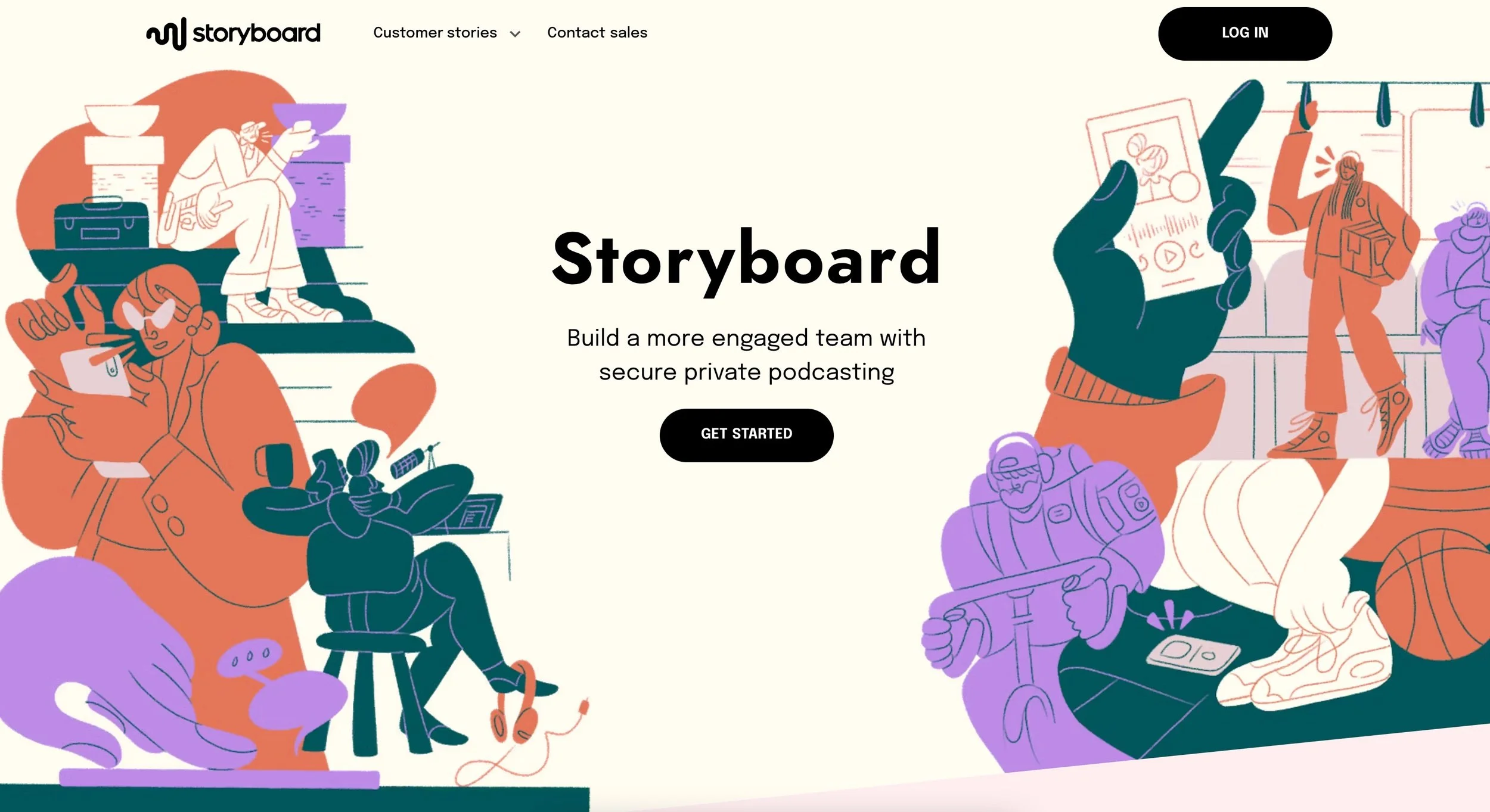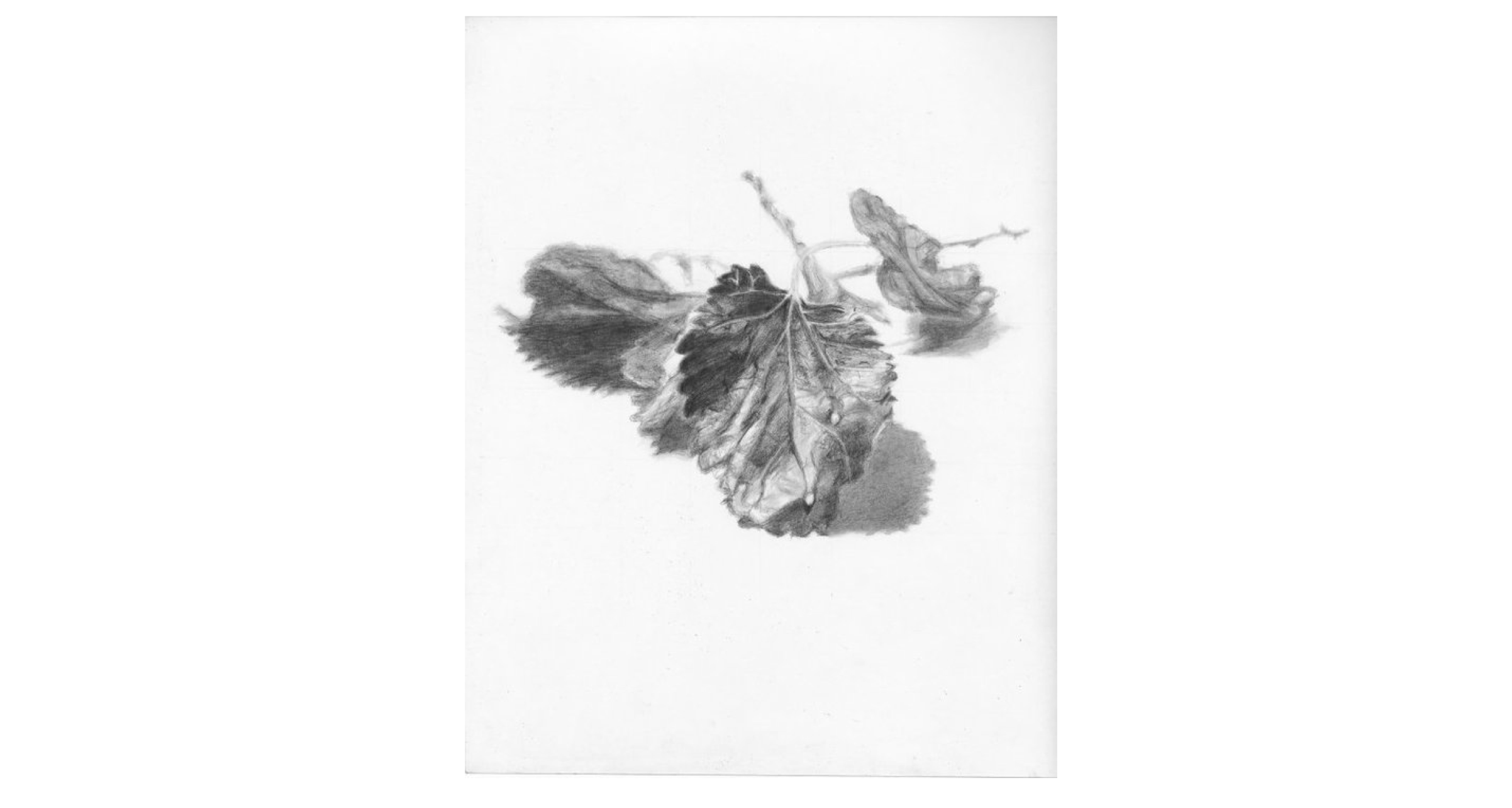Macys.com
At Macys.com I re-envisioned the way the shipment tracking page should be structured in order to serve customers best. Our goal was to alleviate user stress by providing a more accurate shipment tracking page.

I led the design of the Macys.com Shipment Tracking Page for Desktop and Mobile Enabled Web compatibility. I defined the design and addressed customer pain-points related to providing customers their shipment tracking information on a reliable and timely interface.
Customer Insights & Ideation
I partnered with one project manager, the ux research team, one creative, and one other lead UX designer to uncover insights and translate concepts into features that address customer behaviors and motivations. Here we built in UX Research from the ground up by including both our research team and customers service to determine the break-points of the flow by the insights provided by our customers.
Experience Strategy & Vision
I created frameworks, such as user flows and prototypes to share the vision, design principles and content strategy. This helped to evangelize ideas, gain alignment and drive decision making.
Planning & Scope Definition
I defined the product with my project manager and creative partners. I evangelized customer goals and balanced business goals. I prioritized and negotiated features for launch and beyond.
Design Execution & Validation
I designed wireframes with responsive design principles in mind for Desktop and Mobile Enabled Web. I executed user scenarios, flows, and wireframes.
Leadership
I designed up and presented works to gain buy‐in from senior stakeholders

Our problem statement was: Users do not have a reliable way of tracking their shipments on the site as the packages are delivered to their homes. How can we better help users know the geographic location of their packages in the shipping process?

The multi-step UX Research and Design process involved multiple business and design stakeholders. Besides the methods listed above, scenario building and collaboration amongst team members were also heavily taken into consideration. The methods I chose were informed by IDEO's design research model to define, ideate, build, test, and implement a design solution that is accessible, inclusive, and helps users succeed at completing the actions that they would like to complete as easily as possible.
PHASE ONE
Heuristic Review
The heuristic review was completed to identify usability problems in the current flow. Some user pain-points I found were that users could not access their gift card balance, and they also wanted to be able to check multiple gift cards at once.
Requirement Gathering
Arguably one of the most important user research methods is requirement gathering. My approach to requirement gathering is informed by stakeholder interviews. In gathering the design requirements for the project it is also important to consider the technical history of the product, so that I can design a solution that takes the whole flow into account. An effective requirement gathering exercise gives me a clear picture of what I will be designing for and what features to include.
Competitive Analysis
When approaching a design solution, I always first survey the market and implement diligent market research to inform the design. This step of the process is important because quickly we learn what user expectations are across brandname products. For example, in this competitive analysis, I found that best-in-class gift card check balance pages usually provide more information about the gift card. This had become the design expectation and ideal for users; therefore, we needed to provide an even simpler solution than the one that arose to the top in the competitive analysis.

PHASE TWO
Sketching
I use sketching as either a group exercise or an independent brainstorming for reaching the best solution. Any designer will tell you that sketching is valuable for the exercise's ability to reach innovative solutions on paper. Designers use sketching to communicate their initial designs, and on every project I find sketching a helpful practice.
User Flow
User flows are a pivotal part of the design process for considering the full flow of the experience and how the user will move from point A to point B. User flows provide practical structuring for the design that can be circulated amongst product managers, engineers, and designers alike.

Wireframing
The result of the above design processes brings me to wire-framing, which is the culmination of all of the steps we have taken in the design research methods above. Wireframes are accompanied by technical annotations in which I detail the exact specifications in which both developers and product managers can reference when building from stories. Wireframes are the communication tool amongst team members for both the intermediary and final designs.

En Route Shipment Tracking Page

Delivered Package Shipment Tracking Page
Conclusion and Next Steps
This page was used as a reference and design guide for a third party vendor to generate the shipment tracking page. This page was tested and performed better than previous shipment tracking experiences on Macys.com. This project was deemed a success for solving a very large customer problem of helping users track their packages to their point of destination.






